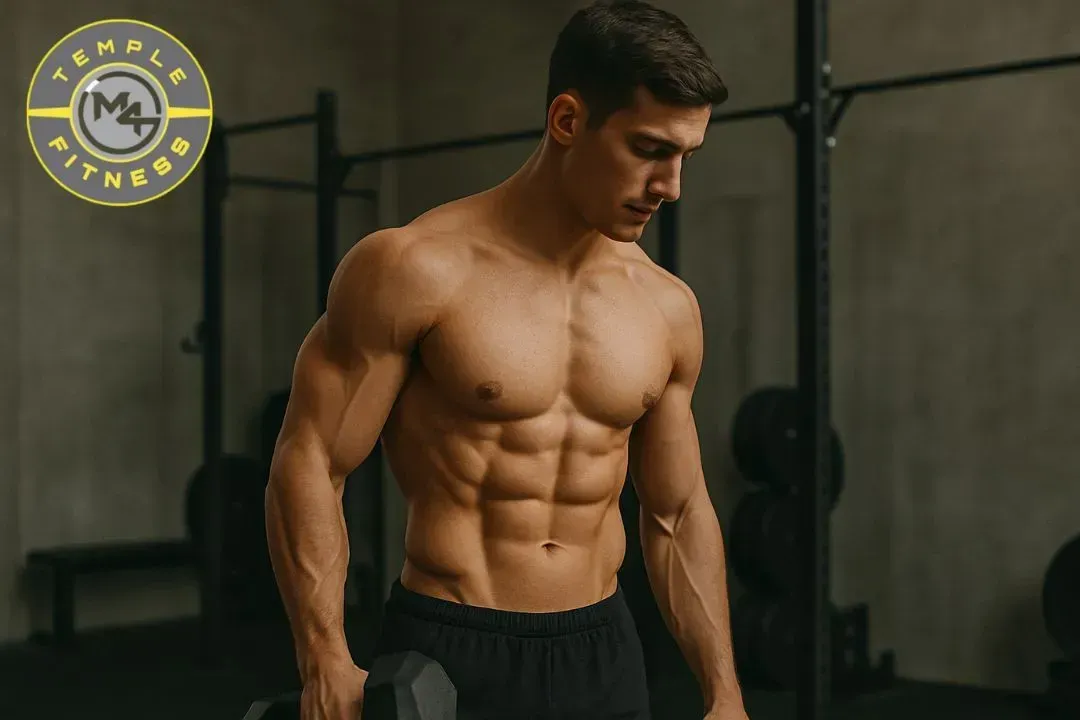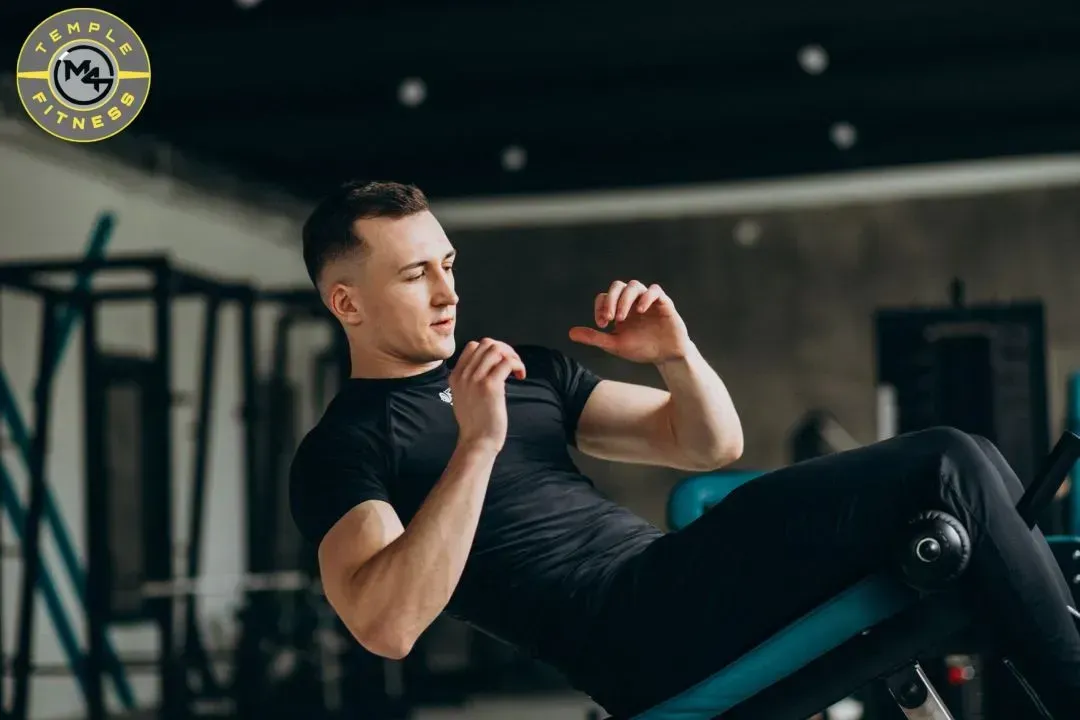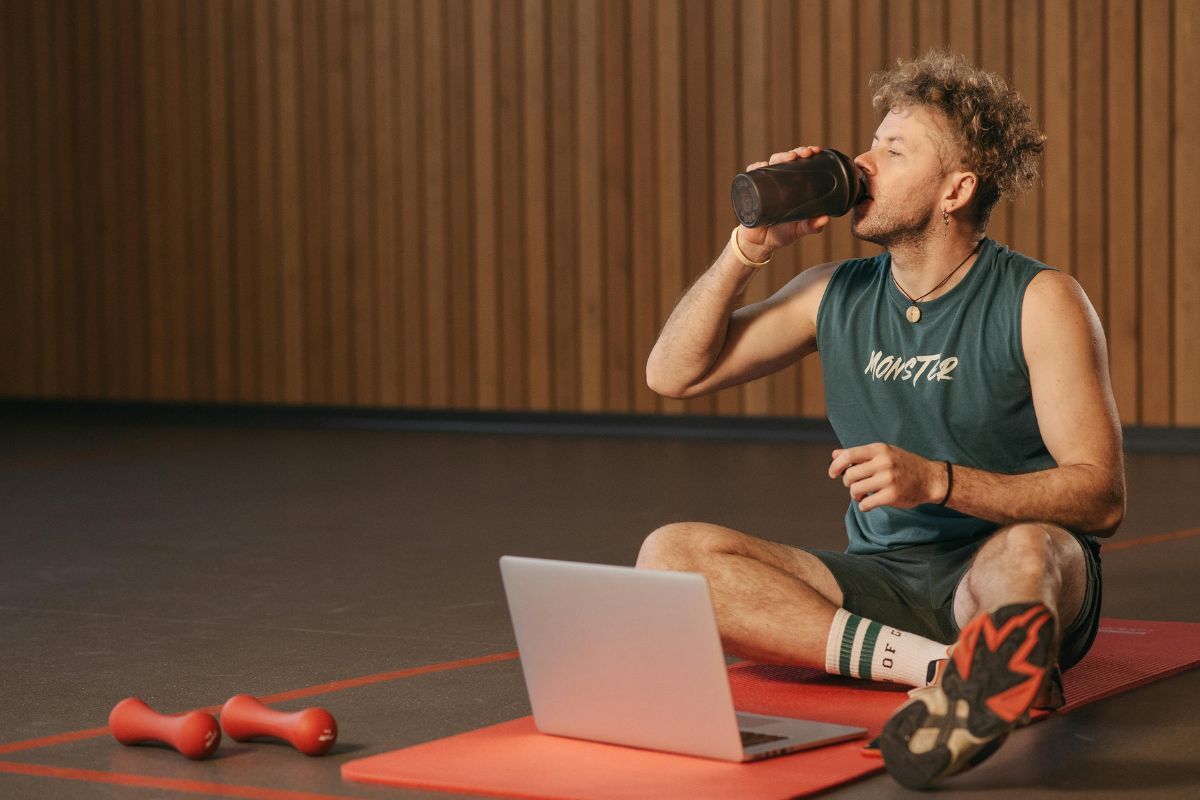How To Drop Body Fat Percentage Without Losing Muscle?
When body fat percentage goes higher, we look and feel overweight. That's why most people want to reduce extra body fat at any cost.
They follow a strict diet and do tons of cardio for quick results. Thus, body fat percentage may go low; however, most experience muscle loss. This condition makes losing body fat a big struggle. Muscle loss can make you tired, cause fractures if you fall, and increase the risk of chronic conditions.
In this blog, we will share how a personal trainer in Franklin, TN, advised you to drop your body fat percentage without losing muscle. Let's check those tips.

Maintain a Reasonable Calorie Deficit
To drop body fat percentage, a calorie deficit must happen. A common mistake we often notice is that people go for extreme calorie deficit for weight loss. Though you may drop fat percentage fast, you can also lose muscle.
A calorie deficit must be reasonable so that it does not make you weaker or burn muscle. So, what is a safe range?
A deficit of 300 to 500 calories is good, which encourages your body to use stored fat for energy. This range typically won't break down your muscle tissue for fuel.
You can protect your muscles during a fat-loss journey with a moderate calorie deficit and sufficient protein intake. Remember that fat loss is an incremental process. It requires your patience, proper nutrition, and consistent training. You can certainly lower your body fat percentage effectively without losing muscle when both are maintained.
Focus on Adequate Protein Intake
During the calorie deficit, protein repairs muscle and maintains its growth. In general, you need protein based on 0.8 g/kg to 1.8 g/kg of your body weight. This amount is advised for most people to maintain their muscles and boost body fat burning, making a high-protein diet essential for effective fat loss.
Your protein sources also need to be good. Foods like lean meat, eggs, tofu, and dairy are rich in protein and will make you feel full longer. They can also prevent overeating, a common reason for weight gain.
Sufficient protein intake causes a thermic effect in your body. It means the increase in metabolic rate that occurs after consuming foods that burn more calories.
Make Weight Training A Regular Habit
Weight training signals your body to build and hold muscles, even if you are on a strict diet. These specific movements build strength and preserve muscles from loss when you attempt fat loss. So, make such strength training for fat loss a habit.
How often you should do strength training is still a debate. On average, lifting weights 3 to 4 times a week is sufficient for most people. You should focus on compound movements like squats, deadlifts, bench presses, and rows because they use multiple muscles at the same time. They work fine to build strength and muscles.
If you don’t have access to a gym, you can try bodyweight exercises to have similar effects. Along with cardio, regular weight training will help your body drop fat without losing muscle.
Choose and Do Cardio Wisely
You may have heard that cardio exercises burn more fat. Indeed, you can immediately burn calories and fat with cardio compared to strength training. However, you must do them correctly to avoid unwanted muscle loss.
For a good balance, it’s important to choose the right type of cardio for fat loss and control the intensity. A common mistake beginners make is choosing high-intensity, long-form cardio. Such practices can burn muscle along with fat.
Most fitness experts suggest choosing cardio exercises with low to moderate intensity when your target is burning fat. Low-impact cardio for weight loss, such as cycling, walking on a treadmill, or brisk walking, is effective because it primarily burns fat and helps preserve muscle.
For burning fat, metabolism is also crucial. In such a case, HIIT in moderation can be quite effective. If you want to lose fat without sacrificing muscles, you have to be strategic like this.
Rest Well and Drink Consistently
All your efforts can be ineffective if you ignore proper rest and recovery. Overtraining without recovery can cause adverse effects. So, ensure quality rest and recovery, and adequate hydration.
You must sleep 7 to 9 hours to regulate hormones that control hunger, stress, and muscle recovery. Also, stay away from training to let your muscles grow and repair themselves.
Don't ignore the importance of drinking water and liquid intake. They support digestion, help transport nutrients, and keep your energy levels stable. Try drinking 2 to 3 liters of water per day, depending on your activity level and body size.
Conclusion
Though you may lose a small amount of muscle during fat loss, it can be regained with proper diet, training, and recovery. When you are on a weight loss journey, having proper guidance is crucial. Remember that wrong practices can make you more bulky or lose excessive muscle, which is bad for overall health.
Do you want to reduce your body fat percentage safely? We suggest you take professional advice. A
personal trainer in Franklin, TN, can assess your present physical condition and make a personalized diet and training routine accordingly. Taking their advice will also accelerate your weight loss progress.
Frequently Asked Questions
Q. How much weight loss per week is healthy?
Losing 1 to 2 pounds of weight a week is very healthy. It is natural for most people to avoid the side effects of quick weight loss.
Q. What are the signs that I am losing muscle?
When you lose too many muscles along with fat, you may feel a lack of strength and stamina. Plus, struggling with balance and visible muscle decrease can also give you hints.
Q. Is it possible to burn fat, not muscle?
Yes. A fitness expert can guide you on how to lose fat only, not muscle.
Q. Can I regrow lost muscles after weight loss?
It is possible if you perform muscle-building workouts and follow a muscle-growth diet at the same time.



